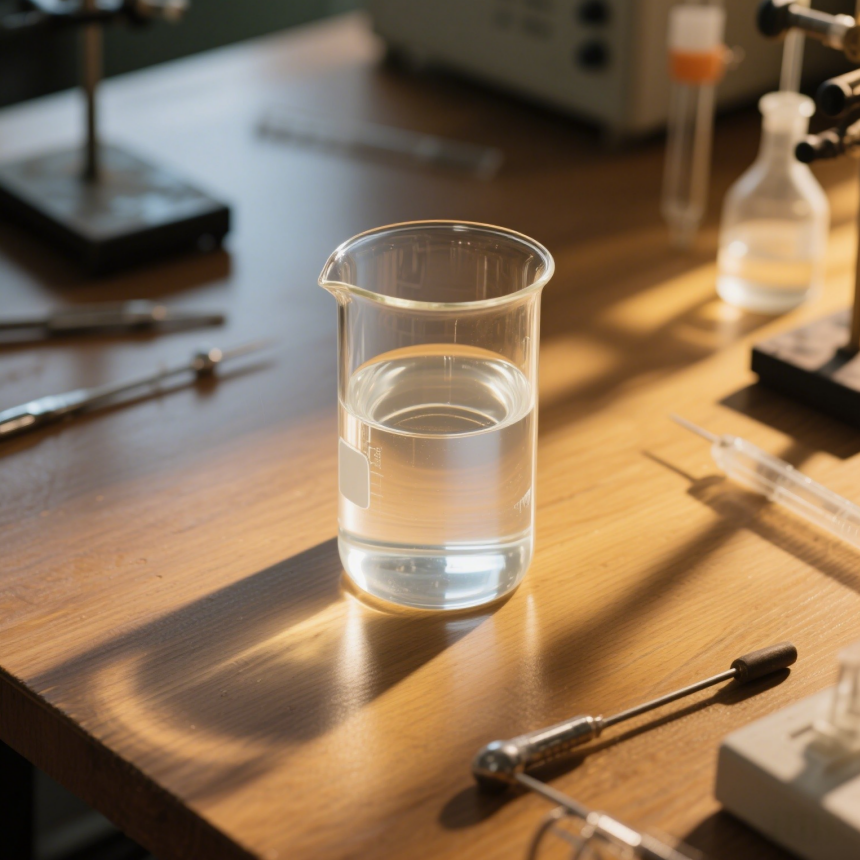Le prix de l'acrylate de 2-éthylhexyle (2EHA) est influencé par une combinaison complexe de facteurs, notamment les coûts des matières premières, les dépenses de production, la demande sur le marché et la dynamique de l'offre mondiale. Les matières premières — l'acide acrylique et le 2-éthylhexanol — sont des facteurs déterminants, car leurs prix sont liés à des matières de base pétrochimiques telles que le propylène et le butylène, lesquelles sont soumises à des fluctuations des prix du pétrole et de la capacité des raffineries. Par exemple, une pénurie d'acide acrylique due à des travaux de maintenance dans une usine ou à une augmentation de la demande peut entraîner une hausse des prix du 2EHA, tandis qu'une offre excédentaire peut provoquer une baisse des prix. Les coûts de production, notamment l'énergie nécessaire à l'esterification et à la distillation, la main-d'œuvre et les dépenses liées aux catalyseurs, influencent également le prix, les fabricants efficaces comme E Plus Chemical Co., Ltd. réduisant ces coûts grâce à l'échelle (capacité annuelle de 50 000 tonnes) et à des chaînes d'approvisionnement intégrées. La demande du marché, en particulier celle provenant des industries des adhésifs et des revêtements en Asie-Pacifique, affecte les prix : les périodes de pointe ou les phases de forte croissance du secteur de la construction peuvent stimuler la demande, tandis qu'une récession économique peut réduire les prix. Des facteurs régionaux tels que les tarifs douaniers, les coûts de transport et la réglementation locale créent des écarts de prix — par exemple, les prix en Europe peuvent inclure des coûts de conformité plus élevés par rapport aux marchés asiatiques. Le 2EHA de haute pureté (99 %) se vend à un prix supérieur à celui des grades de pureté inférieure, en raison de son adéquation avec des applications haut de gamme. Les acheteurs en gros bénéficient souvent de remises, car les commandes plus importantes réduisent les coûts unitaires de manutention. La politique de prix transparente d'E Plus Chemical, alignée sur la qualité et les conditions du marché, garantit aux clients une juste valeur pour un 2EHA fiable et performant.
